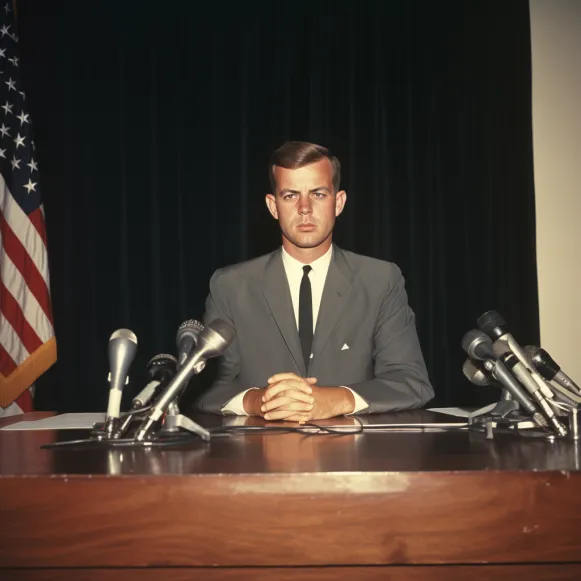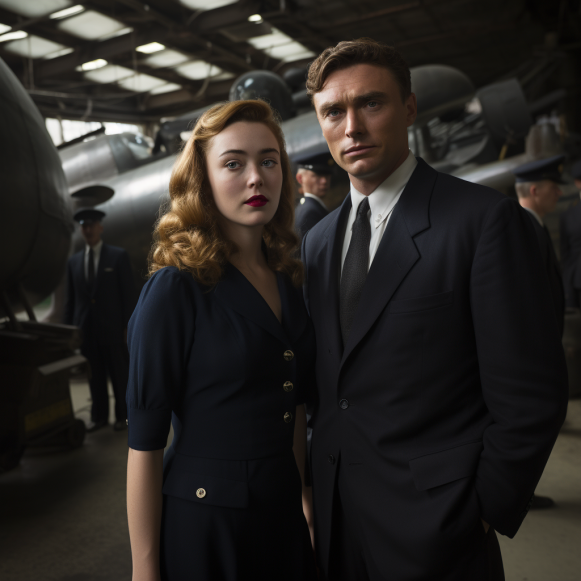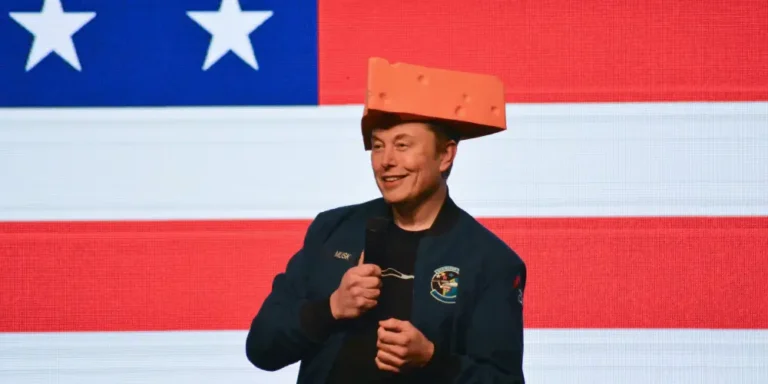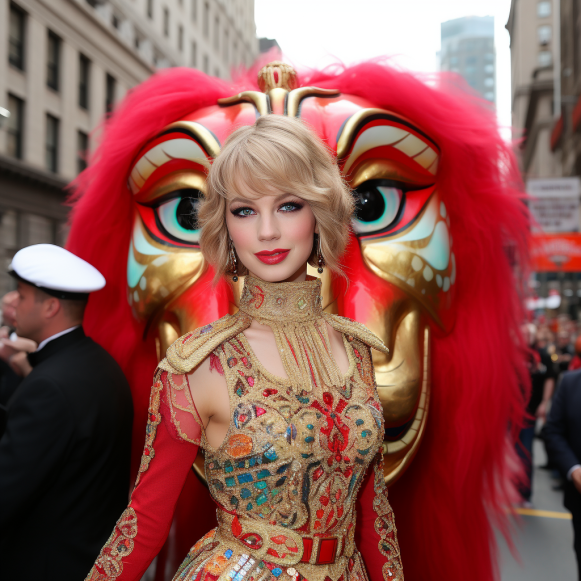How the JFK assassination changed TV news and the journalists who covered it 60 years ago

The marathon broadcasts set the template for the decades that followed.
On November 22, 1963, CBS News anchor Walter Cronkite fought back tears as he read a wire service report and looked up at the clock in a New York studio and announced that President John F. Kennedy had “died at 1 p.m. Central Standard Time.”
NBC News anchors Chet Huntley and Frank McGee listened as correspondent Robert MacNeil delivered the stunning details describing how Kennedy was gunned down while riding in a motorcade through the city’s downtown on a muddy pay phone connection from Dallas.
The events heralded the start of a new era in media, as the three television networks that dominated the audience 60 years ago stayed on the air for four days for the first time to provide live, continuous coverage of a national crisis.
With the advent of 24-hour cable news and the internet, viewers grew accustomed to seeing military invasions, revolutionary uprisings, and terrorist attacks unfold in real time, and the marathon broadcasts set the template for the decades that followed.
Unlike today’s media landscape, where consumers can catch up on demand through dozens of outlets, everyone watched the JFK tragedy and its aftermath at the same time.
“The only thing on television anywhere in the country was the Kennedy assassination,” said Dan Rather, former CBS News anchor.
Footage from the network and local TV coverage can be found on YouTube, and it appears in new documentaries and re-examinations for every significant anniversary.
Rob Reiner recently collaborated with journalist Soledad O’Brien on a new iHeart podcast, “Who Killed JFK?,” which questions whether Kennedy’s assassin, Lee Harvey Oswald, acted alone.
Reiner recalls being sent home from physics class at Beverly Hills High School after the news broke, and spending the rest of the weekend transfixed by the nonstop coverage.
“I’ve studied it for 60 years, and every time I watch it, I keep hoping it’s not going to happen, and then it’s ‘Oh, my God,'” said Reiner. “For those of us who were around at the time, it just never leaves you.”
O’Brien, a former CNN anchor who has seen her fair share of on-screen “breaking news” banners, was struck by the journalists’ restraint.
“There’s not the over-the-top coverage we’re used to today,” O’Brien said in a statement. “No one is saying anything they’re not sure about.”
No TV or newspaper photographer was present when Kennedy was killed by gunshots as first lady Jacqueline Kennedy watched in horror.
Snapshots and home movie camera footage taken by people in the crowd captured the now-historic images of that horrific day, including the 26-second 8 mm film shot by Dallas clothier Abraham Zapruder.They were a forerunner to the mobile devices used by people to document seminal news events in later years, such as the police killing of George Floyd in 2020.
The lack of visual documentation of the Kennedy assassination has fueled public skepticism and spawned conspiracy theories about what happened and who was responsible.
“When I show the assassination footage to my students, they immediately say, ‘Oh, God, if it happened in another era, we’d know who shot Kennedy for sure because we would have all had our iPhones recording it,” said Larry Sabato, director of the University of Virginia Center for Politics. “You’d have every possible angle covered.”
The young, vibrant Kennedy was the first president to embrace television, welcoming cameras into news conferences and the White House, where the glamorous first lady gave a live tour on CBS, NBC, and ABC in 1962.
Despite this, the country’s primary news sources remained newspapers and radio. Evening newscasts on network television were neither immediate nor comprehensive. (The multichannel cable universe that provided CNN with 24-hour coverage was still 17 years away.)
Stories were shot on film and shipped to New York, where they were edited for NBC’s “Huntley-Brinkley Report” and the “CBS Evening News,” both of which were only 15 minutes long until September 1963. Live continuous coverage was limited to planned major events such as election nights, political conventions, and royal coronations in the United Kingdom.
However, because the drama in Dallas was unfolding so quickly, a stunned nation watched raw video feeds that preempted all regular TV programming and canceled $19 million in commercial time (equivalent to $191 million today when adjusted for inflation).
Viewers witnessed every detail of the shooting’s aftermath in real time, including the shocking assassination of Kennedy’s accused assailant, Oswald, in the basement garage of Dallas police headquarters. It was broadcast live on NBC.
The images on the screen resembled a noir crime drama at times. Following the identification of nightclub owner Jack Ruby as Oswald’s killer, the Dallas ABC station aired in-studio interviews with strippers and dancers who worked for him.
By the fourth day, the networks were assisting a devastated nation in mourning with the first presidential funeral broadcast live on television.
“The medium became a living room town hall for Americans trying to cope with a horrible tragedy,” Sabato said in a press release.
The experience boosted the careers of the journalists on the scene. Five of them went on to become network TV anchors: Bob Schieffer and Dan Rather at CBS, MacNeil and Jim Lehrer at PBS, and ABC’s Peter Jennings, who was a 23-year-old correspondent for Canada’s CTV at the time.
Rather was the CBS New Orleans bureau chief at the time, having joined the network the year before. He had spent the majority of his time covering civil rights protests outside of the city, as CBS affiliates in Atlanta and Jackson, Mississippi, refused to assist the network in covering the Rev. Martin Luther King Jr. movement.
“I was surprised that they called me and said, ‘We want you to swing away and set up this coverage for President Kennedy’s trip to Texas,'” Rather, the now-92-year-old recalled. “It was viewed as a very routine presidential pre-campaign trip.”
The young Rather aspired to be as good as CBS News veterans like Charles Collingwood and Eric Sevareid, who made their names as radio correspondents during WWII and still loomed large at the division.
“Before the Kennedy assassination, I was considered a ‘maybe’ for sticking it out and making a career at CBS News,” he said. “Keep in mind that I walked among legends.”
While Cronkite’s dramatic announcement of Kennedy’s death is a significant part of his legacy, it was Rather who broke the news on CBS before the White House confirmation.
Rather was a mainstay throughout the weekend, anchoring and reporting from Dallas, putting him on track to succeed Cronkite at the “CBS Evening News.” (He stayed with CBS until 2006, when he was fired over a disputed “60 Minutes” report on President George W. Bush’s military service.)
“I never had a script in front of me,” said Rather. “It was a deadline every nanosecond.”
At the time, Schieffer was a 26-year-old police reporter for the Fort Worth Star-Telegram. Those days in Dallas helped him become a star at the paper, which led to a 50-year career at CBS that included a stint as an evening news anchor and 20 years as moderator of the topical news program “Face the Nation.”
Schieffer was not even given the assignment of covering the president’s visit. He was answering phones at the Star-Telegram’s rewrite desk while the other Star-Telegram reporters were dispatched to the scene when a call came in from a woman asking for a ride to Dallas police headquarters.
Schieffer, 86, recalled saying to her, “Lady, this isn’t a taxi service, and besides, the president has been shot.”
“Yes, I heard it on the radio,” said the woman. “I think the person they’ve arrested is my son.”
Marguerite Oswald, the accused assassin’s mother, answered the phone. “Where do you live?” Schieffer inquired.
Schieffer and a colleague drove her to Dallas. He got an exclusive interview and almost met Lee Harvey Oswald until an FBI agent realized he wasn’t a cop (Schieffer wore a black snap brim hat to pass as a detective at crime scenes).
In 1963, journalism organizations lacked in-house counseling to assist reporters in dealing with the trauma of covering a story. They either went to the bar or managed on their own.
“It was less acceptable in those times to seek psychological help,” he said. “I believe in the healing power of prayer.” “I said a prayer.”
Schieffer recalled how the events of 60 years ago changed him.
“I went back to my regular job on the on the police beat,” he told me. “We covered a lot of wrecks back then.” A family was tragically killed when their car collided with the back of a truck transporting pipes. We were standing there with some cops waiting for the justice of the peace when I realized I had no feelings. “It took a long time for it to return.”




